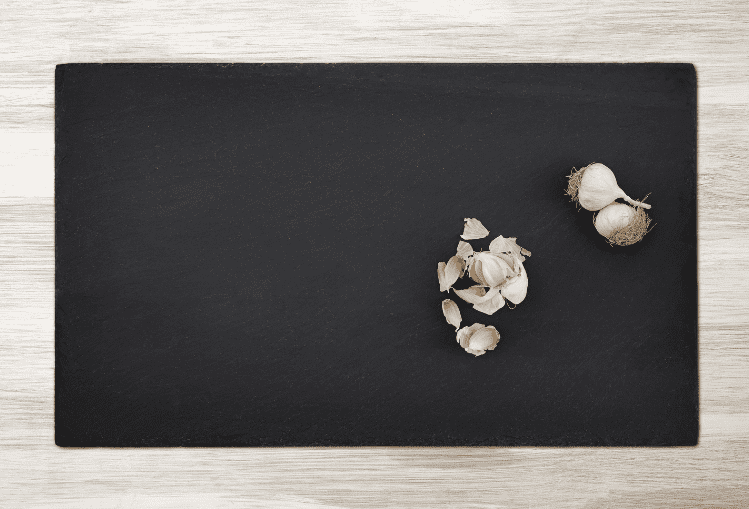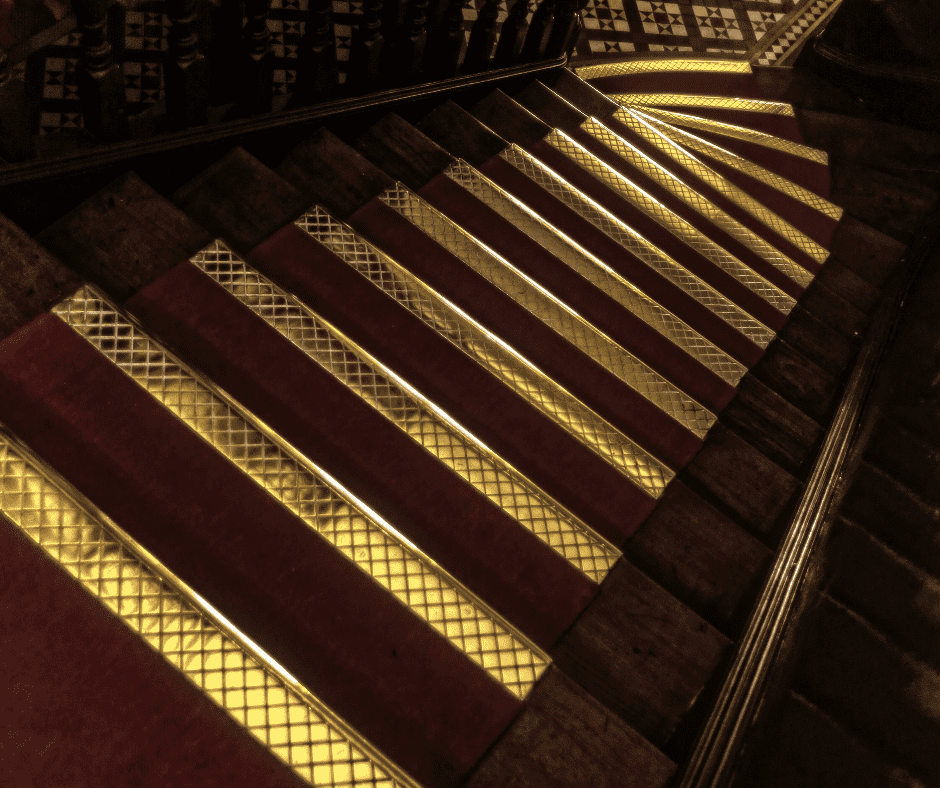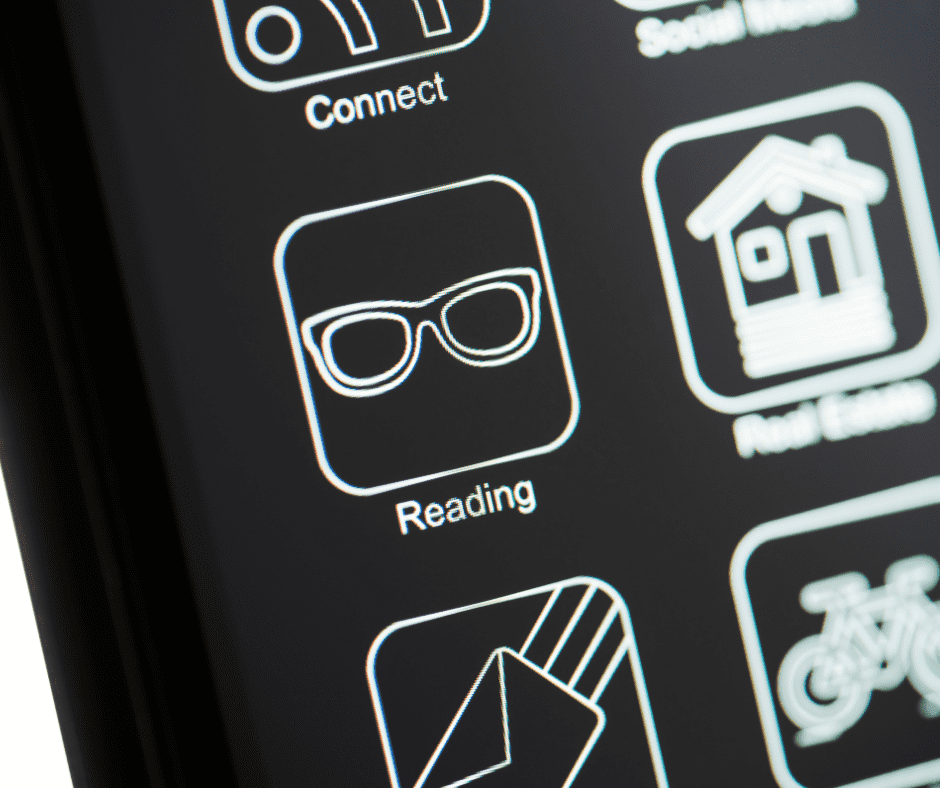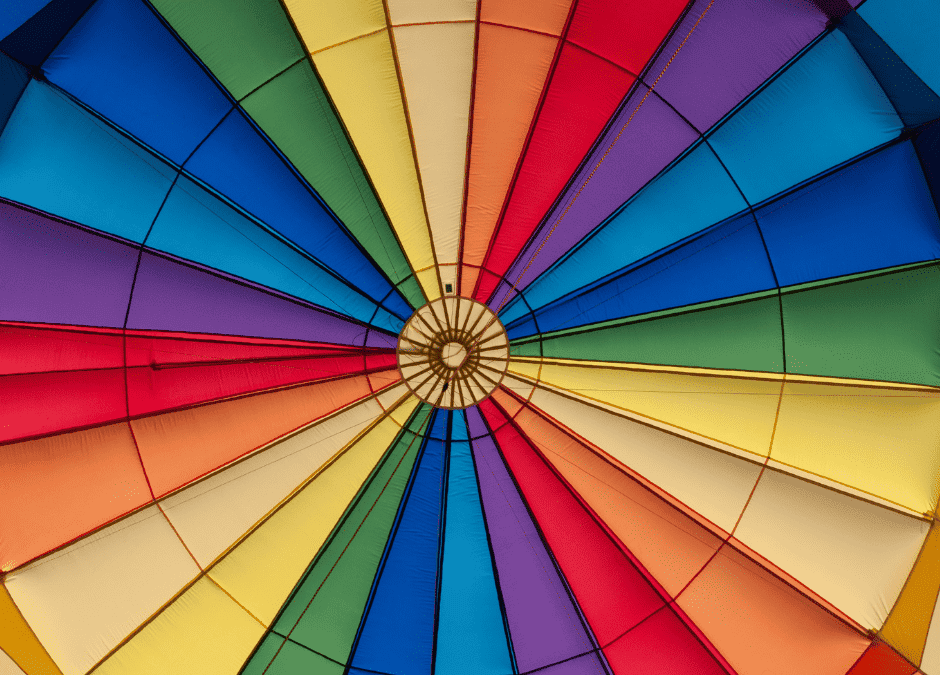Color contrast and low vision: 7 ways to use contrasting colors around your home
For many people with macular degeneration or other forms of vision loss, using color and contrast is a simple, low-cost strategy for maximizing remaining vision. Here are 7 ideas you can start using today. Most of these ideas are from WebRN-Macular Degeneration’s article, Tips for Living with Macular Degeneration. We encourage you to check it out for even more helpful suggestions.
1) Use colored cups for water instead of clear drinking glasses.

2) Use a dark-rimmed plate on a white tabletop or placemat.

3) Choose a white mug for coffee.

4) When cooking, use a dark colored cutting board for light foods like onions, cauliflower, and potatoes, and a white cutting board for dark foods like leafy greens, green peppers, or zucchini.

5) For bathrooms, choose brightly colored towels and mats that contrast with your counter, wall tiles, floor, etc.

6) Use brightly-colored safety tape along the edge of stairs to improve visibility.

7) When using mobile phones, apps or other digital devices like e-readers, check your settings for “dark” mode. Typically, this will flip the contrast from white on dark to dark on white, making reading easier on your eyes.

There you have it, folks! 7 simple ways to start using color contrast for low vision today. If you have other tips, drop a comment to let us know. We always love to hear from our readers.
Author Information
By Bethany Wyshak. Reviewed by Stuart Flom.
Source
WebRN-MacularDegeneration. (n.d.). Living with Macular Degeneration – Color and Contrast is King. Retrieved June 8, 2022, from https://www.webrn-maculardegeneration.com/living-with-macular-degeneration.html













